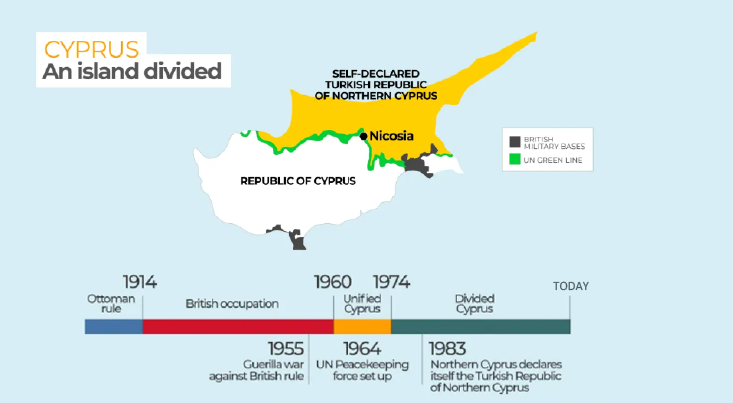Famagusta History
Famagusta was captured by the Ottoman Turks after an eleven month siege in August 1571. Its Christian inhabitants were later forced to reside outside of the city walls and gradually formed a new town called Varosha, which derives from the Turkish Varos which translates to Suburb. After independance from British Colonial Rule Famagusta (the name is commonly applied to include both the walled section and Varosha) grew rapidly as a tourist destination and as a commercial and cultural center.
By June 1974, Famagusta hosted more than 53% of the tourists who visited Cyprus, while its port handled 83% of the total cargo and 49% of the total passanger traffic to and from the island. Famagusta was captured by the Turkish Army in 1974, during the second phase of the Turkish Invasion, as its inhabitants fled before the advancing Turkish Troops. An extensive section of the city, largely corrosponding to Varosha was immediately sealed off and entry to it was strictly prohibited.
In the following 2 years it was systematically looted by the Turkish Army. The Swedish Journalist Jan-Olof Bengtsson, while visiting the Swedish UN battalion in Famagusta port in September 1977 saw the sealed off part of the town from the battalion’s observation post he then proceeded to write in the Swedich Evening Newspaper, Kvallsposten:
<<The asphalt on the roads has cracked in the warm sun and along the sidewalks bushes are growing Today September 1977 the breakfast tables are still set the laundry still hanging and the lamps still burning Varosha is a Ghost Town>>
